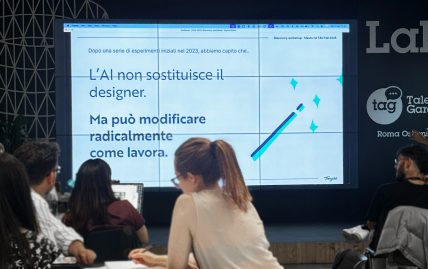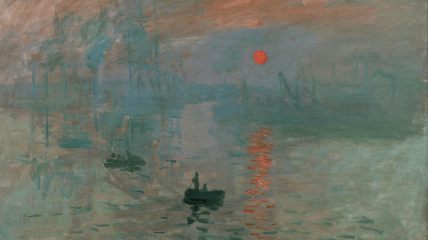Thinking
Beyond the hype: A workshop to integrate Artificial Intelligence into Design
Everyone's talking about it, but only a few design teams are actually using it. We created a workshop to help bring AI into everyday work, without waiting for the next "magic trick."
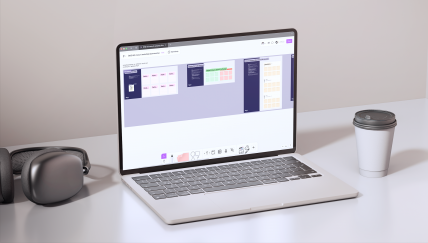
Opinions tend to be polarized when it comes to AI in design: some see it as an existential threat, while others see it as a magical solution to every creative challenge.
As usual, the truth lies somewhere in the middle. AI is not here to replace designers, but rather to support those who are rethinking how they work.
Still, many teams remain stuck. They know they should explore its potential, but they don't know where to start. Even within our team, when we created this workshop, there were UI designers who had never really engaged with these tools. That’s exactly where we began.
The necessity of a different approach
In recent months, we’ve seen an explosion of workshops, courses, webinars, papers, and checklists, all of which promise to teach designers how to integrate AI into their workflows.
But the format is often the same: a showcase of impressive tools and flashy demos. Participants leave with tons of inspiration but few practical steps, after commenting "AI magic" on LinkedIn to get the slides. Quite often, they also go with a touch of FOMO.
At Tangible, we love to experiment, and we often do so in the way we know best: through workshops.
This time, we designed a workshop specifically for UI designers or teams of UI designers who need serious help in integrating AI into their processes.
Our goal is to do more than just imagine what’s possible; we want to offer a practical framework for experimentation.
Structure: Moving from fears to hands-on practice
We envisioned and tested a format that starts by engaging teams in reflection on the future before they dive into hands-on work. We ran the workshop with groups of five or six people for about two hours (and yes, it usually runs long).
The workshop is structured into five progressive exercises that guide participants from initial awareness to concrete actions.
Below, we describe the first two steps and the most interesting insights that emerged.
Exercise 1: Hopes and fears
First, we collectively map team perceptions of AI. Participants use green Post-its for hopes and pink ones for fears to create an honest picture of the team's emotions.
The goal is to create a safe space to voice real anxieties and expectations, such as the fear of "losing creative uniqueness" or "devaluation of the profession." This opening activity initiates the conversation and establishes an emotional foundation for the rest of the workshop.
Insight: Common hopes include automating repetitive tasks, exploring more creative directions, and improving accessibility. Fears range from the homogenization of design to overdependence on technology.
Exercise 2: Future-oriented questions
In this exercise, participants reflect on open-ended questions about the future of their profession. How will their role change? What skills will become essential? What will remain irreplaceable?
This exercise provides a moment of introspection and vision that often leads to powerful insights.
Insight: Many designers are starting to see themselves less as "pixel creators" and more as "AI creative directors." Prompt writing, critical evaluation of output, and a deep understanding of design principles are seen as key future skills. Most importantly, the value of human experience is reaffirmed, including authentic empathy, cultural intuition, and emotional connection with users.
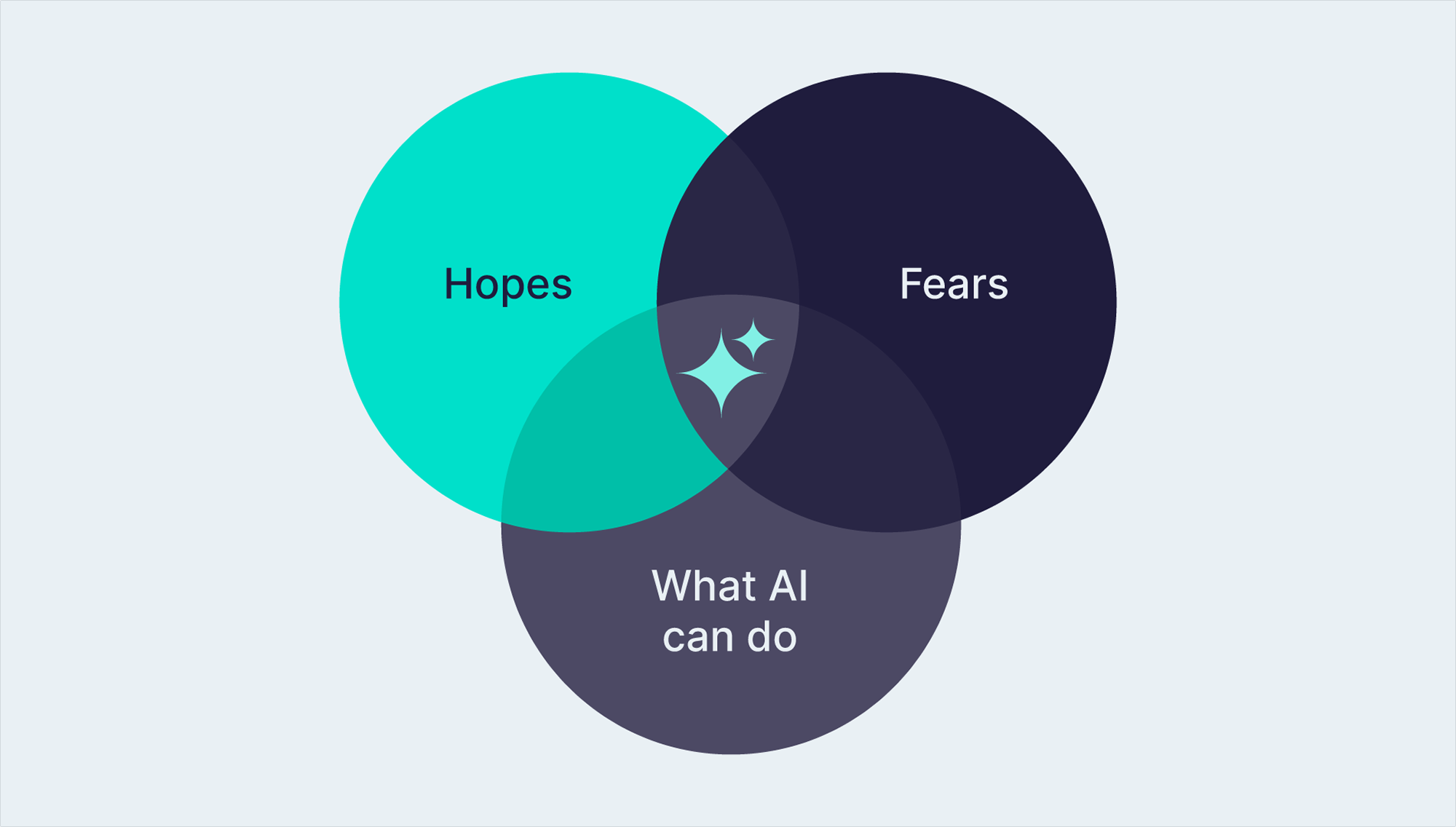
Exercise 3: Rethinking workflows
This is one of the most hands-on parts of the workshop. The goal is to map out the typical steps in the UI visual design process and identify where AI could be helpful and where human control is essential. Participants use green Post-its for tasks that could be enhanced by AI and red ones for tasks that should remain human-led.
The template includes eight reference stages:
- Research and inspiration
- Definition of the visual language
- Stylistic Exploration
- Creation of UI components
- Building the design system
- Application to full interfaces
- Handoff for development
- QA
The goal is not only to identify automation opportunities, but also to reveal team patterns. Is AI welcomed for repetitive tasks such as generating responsive variants, running accessibility checks, or creating dev specs? Are strategic decisions, such as defining a brand's visual identity, interpreting cultural context, or making aesthetic choices, preserved for human control?
Insight: This exercise often leads to an important realization. Designers realize how much time they spend on tasks that could be automated and how little time remains for strategic thinking.
This brings to light a common struggle, and realizing you’re not alone in it fosters camaraderie and opens the door to honest discussions, even after the workshop ends.
Exercise 4: Designing with AI superpowers
This is the most imaginative part of the workshop. Participants dream up design superpowers they'd like to have, then consider which ones could be made real with AI. Each group creates a "superpower ID card" with a name, description, workflow impact, and feasibility rating.
The goal is to free the imagination from the limitations of current technology and encourage designers to think in terms of "problems to solve" rather than "tools to use."
Insight: The ideas were often more realistic than expected. Examples included: "Mind Reader," which translates vague client feedback into specific problems, "Style Translator" converts designs across styles while preserving information architecture, "Context Shifter" automatically adapts designs for different cultures and "Consistency Guardian" enforces design system coherence across projects.
Exercise 5: Action plan
The workshop concludes with the most important objective: transforming insights into action.
Each participant creates an operational plan to take with them, including one AI tool to test, a clear goal, and a metric to track progress.
We suggest clear, measurable actions. Not "use AI more," but rather, something like:
- "I will dedicate 30 minutes every Tuesday for a month to test Figma AI for creating responsive variants."
- "Success will be measured by reducing adaptation time by 30%."
This level of specificity transforms insight into action, and action is the only way to truly develop new skills.
Bonus: Ice Breaker
We also included a quick opening exercise inspired by an old myth.
No spoilers, but it works every time. It sets the tone, breaks the ice, and introduces the topic with a smile.
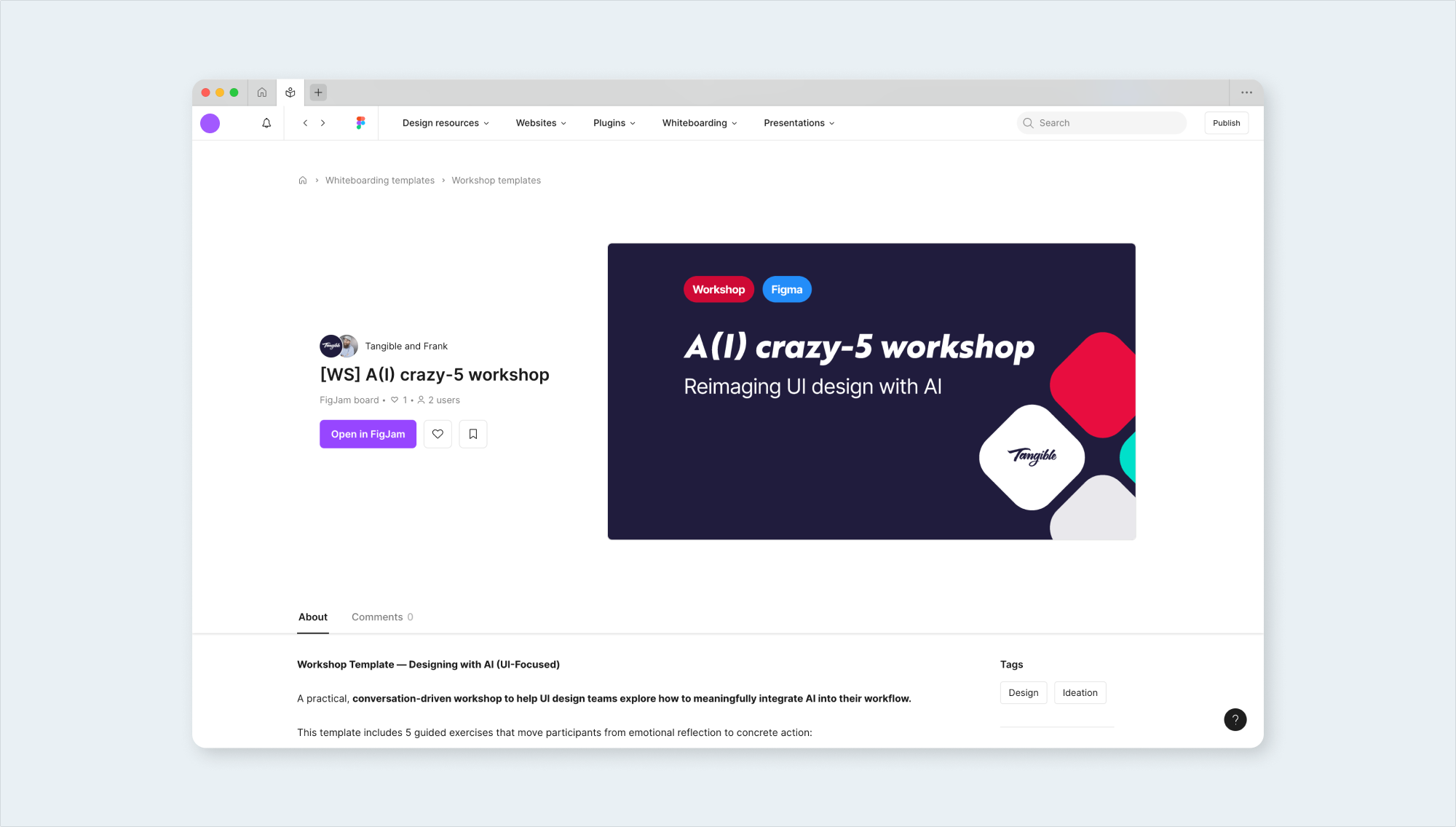
A resource for the community
We decided to share this workshop outside Tangible, too. It’s available on the Figma Community in the hope that it will help others guide their teams on this path.
Our goal is to spark questions that lead to innovation and new roles. It's not a ready-made recipe, but rather an open framework. We designed it to be adapted, remixed, and improved. We’re excited to see what you make of it!
If you try it, let us know how it goes. What superpowers emerged in your team? What patterns did you find in your workflows?
We’d love to hear your feedback, ideas for improvements, and stories about your experience using it. Every improvement or new insight from different contexts can enrich the resource for everyone. The collective intelligence of the community can make this workshop even more effective.
